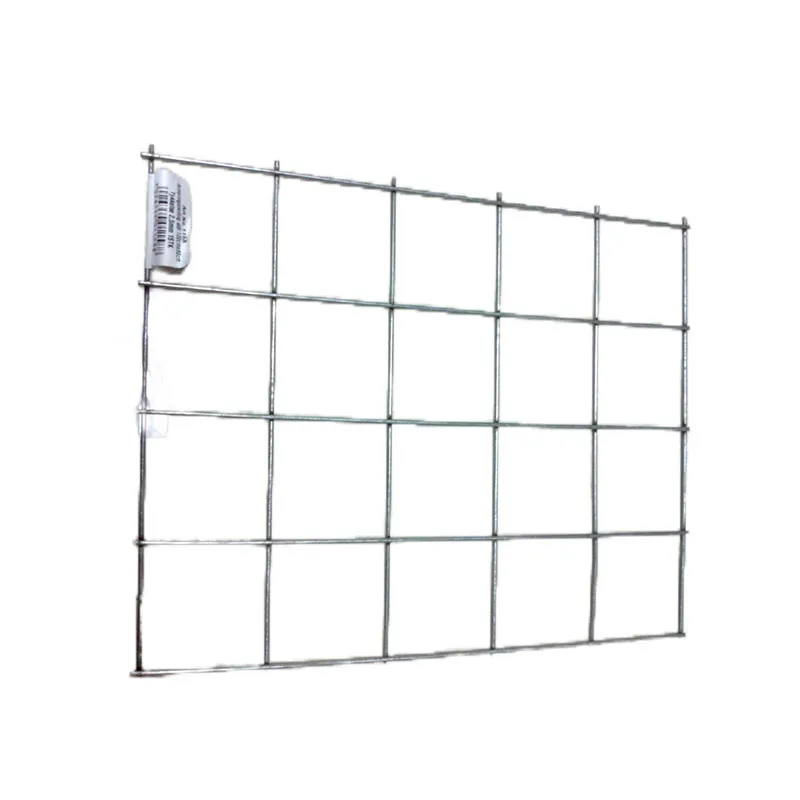8 月 . 30, 2024 08:52 Back to list
Roof Sheathing Nails - Essential Fasteners for Strong Roofing
Understanding Roof Sheathing Nails A Key Component in Roofing Systems
When it comes to constructing or renovating a home, one of the most critical factors to consider is the roofing system. Among the many components that contribute to a durable and effective roof, roof sheathing nails play an essential role. This article delves into the significance of roof sheathing nails, the different types available, and best practices for their use in roofing applications.
What are Roof Sheathing Nails?
Roof sheathing nails, as the name suggests, are specialized fasteners used to attach the sheathing materials—typically oriented strand board (OSB) or plywood—to the roof trusses. These nails are essential for providing stability and structural integrity to the roof system, ensuring it can withstand various weather elements such as wind, rain, and snow.
Types of Roof Sheathing Nails
There are several types of nails commonly used for roof sheathing
1. Smooth Shank Nails These are the most common types used in roofing. They have a smooth surface and are typically galvanized to resist rust and corrosion, making them suitable for outdoor exposure.
2. Ring Shank Nails These have small rings along the shank that provide increased holding power compared to smooth shank nails. They are particularly useful in areas prone to high winds.
3. Screw Nails These nails have a threaded shaft, offering superior grip and making them ideal for applications where additional holding strength is necessary.
roof sheathing nails

4. Collated Nails Often used with nail guns, collated nails come in strips or coils and can significantly speed up the installation process. They are ideal for commercial roofing projects or large residential builds.
Best Practices for Using Roof Sheathing Nails
When installing roof sheathing, following best practices ensures long-lasting performance and structural safety
- Proper Length Select nails that are long enough to penetrate the sheathing and into the underlying rafters or trusses. For most roofing projects, 1.5 to 2.5-inch nails are standard, but this may vary based on the thickness of the materials being used.
- Spacing Nails should be spaced correctly to provide adequate support and prevent sheathing from warping or buckling. A common recommendation is to place nails every 6 to 12 inches along the edges and in the field of the sheathing.
- Nailing Patterns Using a staggered pattern can help distribute the load more evenly across the surface and enhance the overall stability of the roof system.
- Avoid Overdriving Ensuring the nail head is flush with the sheathing but not counter-sunk is crucial. Overdriven nails can weaken the connection and lead to potential structural issues over time.
Conclusion
In summary, roof sheathing nails are a vital component in ensuring a secure and lasting roofing system. Understanding the different types available and following best practices during installation can significantly impact the longevity and durability of your roof. As with any construction project, investing time into the details will pay off in the long run, safeguarding your home against the elements for years to come.
-
Secure Your Roof with Quality Roofing Nails
NewsNov.04,2024
-
Secure Your Property with Quality Field Fencing
NewsNov.04,2024
-
Enhance Your Space with Quality Mesh Fencing
NewsNov.04,2024
-
Discover the Versatility of Iron Wire for Your Projects
NewsNov.04,2024
-
Discover the Versatility of Common Nails for Your Projects
NewsNov.04,2024
-
Discover Quality Hydraulic Fittings for Your Applications
NewsNov.04,2024









